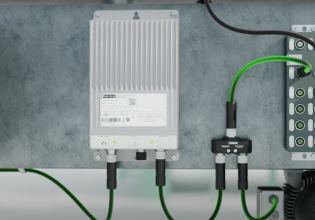K
Hi friends;
I'm a final year student. PID control has been used more than 50 years. Now I understand how PID control is working. I'm really interested in the history of PID control. Could anyone suguest/provide me some useful story about PID control. who invented the PID control?
Thanks a lot in advance.
I'm a final year student. PID control has been used more than 50 years. Now I understand how PID control is working. I'm really interested in the history of PID control. Could anyone suguest/provide me some useful story about PID control. who invented the PID control?
Thanks a lot in advance.






